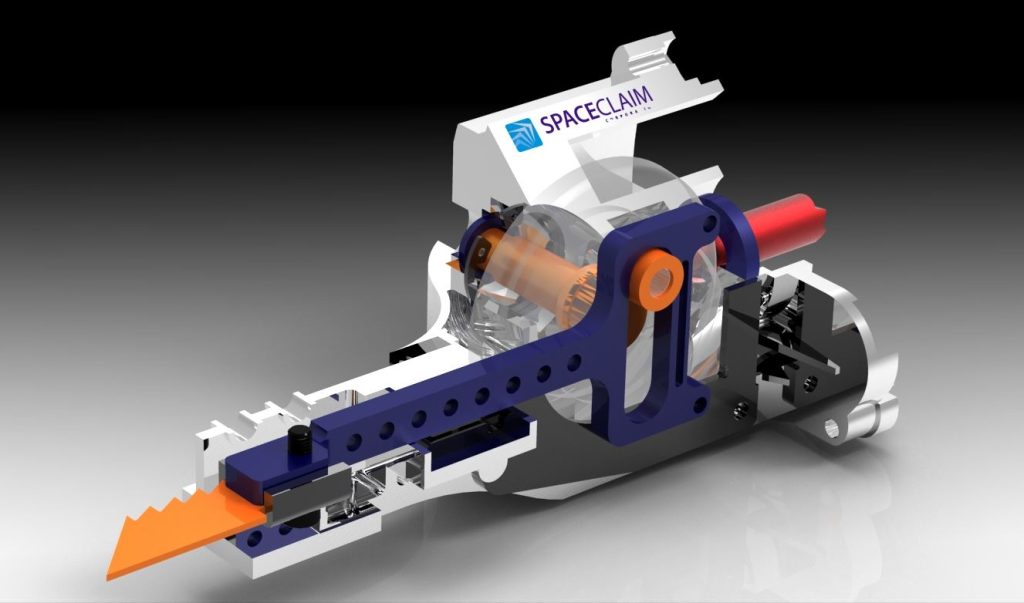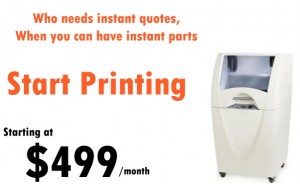
3D Rendering or 3D Print
In recent years, the demand for 3D Printing and 3D printed prototypes has increased dramatically. At first the demand came from the usual suspects. Manufacturing and design houses looking to shorten the time to bring their product to market by getting fast renditions of their model for conceptual design. As the technology caught on, more and more industries began exploring the possibilities of 3D printing to either shorten their design cycle or just better convey their ideas.
Vastly different fields have begun to attempt to ride the 3D printing wave such as architecture, marketing, as well as GIS. Surprisingly many industry professionals from these different markets continue to endure design via 2D CAD. Unfortunately there isn’t a 3D printer on the market today that will generate a print file based on 2D data. After decades of being suitable for design, 2D CAD is nearing the end of it’s life cycle. Fortunately for designers stuck in the past, there are solutions for turning a 2D file into a printable model. Direct modeling packages such as ANSYS SpaceClaim can provide the tools necessary to bring a 2D designer into the current realm of technology.
For starters, users can inexpensively and easily convert their 2D data using ANSYS SpaceClaim Engineer. Simplistically breathe life into a 2D model and watch it become 3D right before your eyes. Within minutes your legacy data will be primed for printing so you can share your new found tech with your colleagues and be the hero of the day.
Of course, for tech aficionados and those interested in the novelty of 3D Printing, one can run a printer without any type of 3D CAD. Several digital content websites have been popping up in the last few years that offer access to hundreds if not thousands of 3D parts with ready to print files. Anyone with a 3D Printer can make use of such resources and have enough files to run a 3D printer 24 hours a day for far into the foreseeable future.
However, to maximize the utility of your 3D Printer, it makes sense to own a 3D CAD package yourself. Without 3D CAD your creativity is at the mercy of the designers who populate the 3D content sites. While the novelty is ripe for the taking, you are limiting the potential of your 3D projects. Until every single design concept from modern civilization is shared and cataloged, 3D CAD is still a 3D Printer’s best friend.



